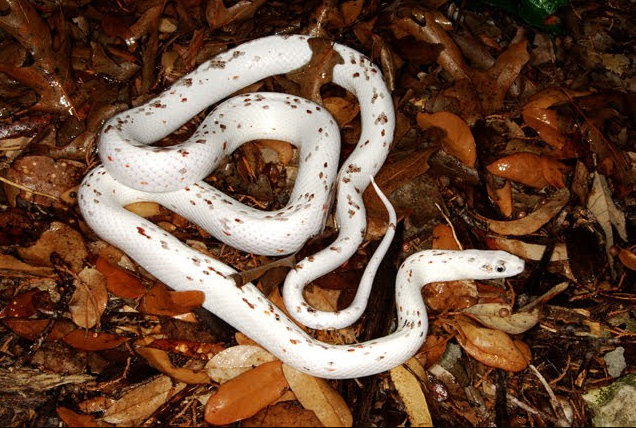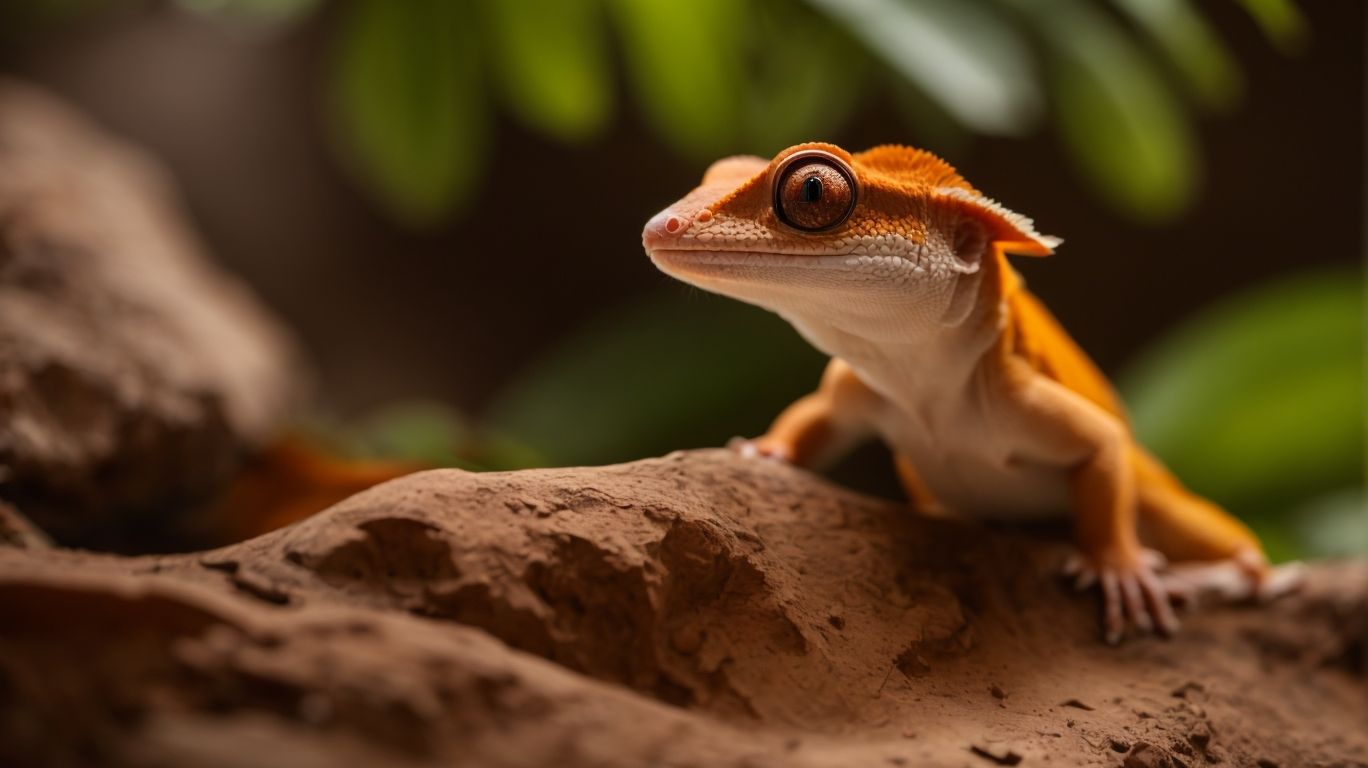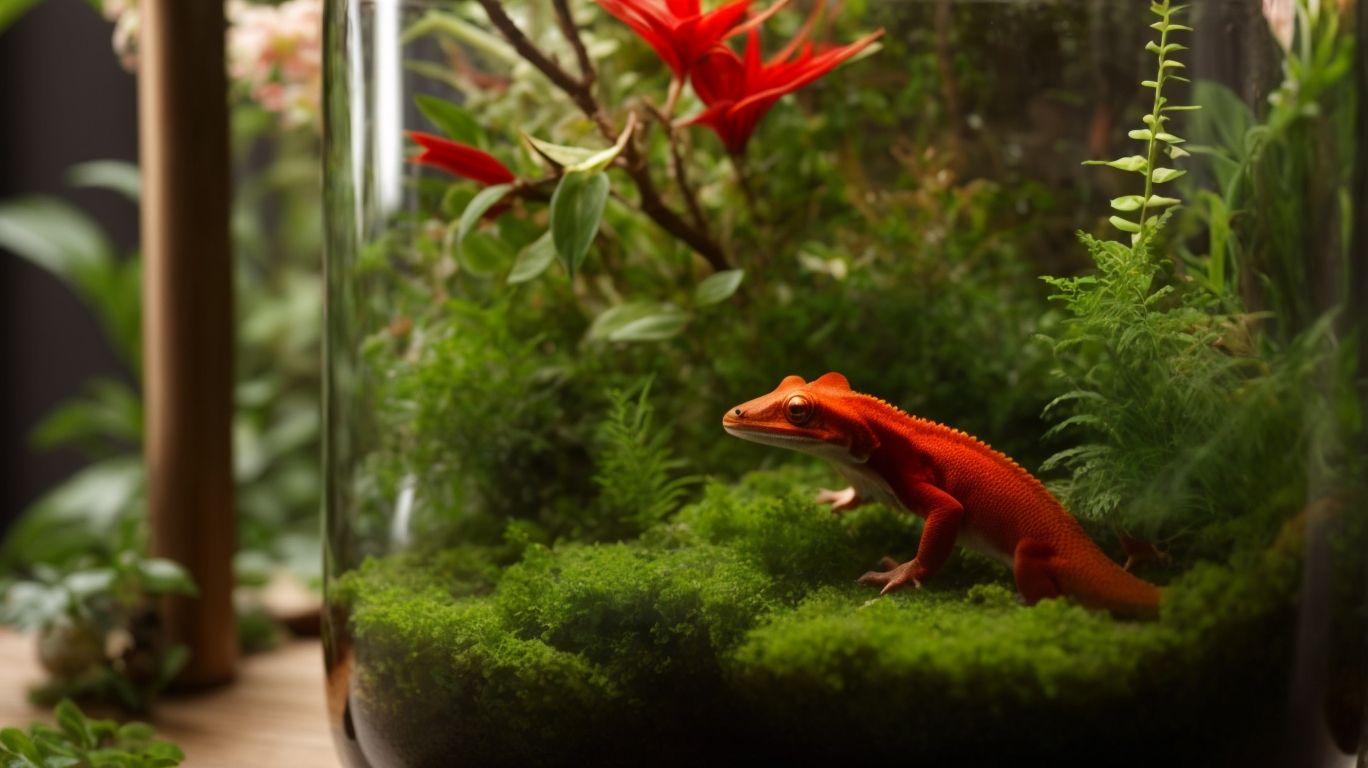
A Closer Look at the Beautiful Palmetto Corn Snake
Table of Contents
Unraveling the Beauty of the Palmetto Corn Snake
The palmetto corn snake is truly a stunning reptile that captivates the hearts of snake enthusiasts and reptile lovers alike. Its beauty lies in its unique coloration and patterns, which set it apart from other corn snake morphs. The palmetto corn snake displays a mesmerizing blend of vibrant reds, oranges, and yellows, accented with bold black and white markings. This striking combination creates a visually stunning reptile that is truly a sight to behold.
Palmetto corn snake also have a glossy sheen to them, further enhancing their overall appearance. They also have a slender and elongated body shape. This body shape allows them to move gracefully through their environment and adds to their overall elegance.
Not only is the palmetto corn snake beautiful, but it also has a calm and docile temperament. They are generally easy to handle and rarely show aggression. This makes them an excellent choice for reptile enthusiasts of all experience levels. Whether you are a beginner or a seasoned snake owner, the palmetto corn snake’s gentle disposition makes it a joy to care for.
In addition to their stunning appearance and calm temperament, palmetto corn snakes have become highly sought-after due to their rarity. They are a morph that occurs naturally in the wild, but their distinctive coloration is relatively uncommon. This adds to their allure and makes them a prized addition to any reptile collection.
Habitat and Distribution of the Palmetto Corn Snake
The habitat and distribution of the palmetto corn snake are closely tied to its name, as it can primarily be found in the southeastern region of the United States. This includes areas such as Florida, Georgia, and South Carolina, where it thrives in a variety of ecosystems.
One of the key habitats for the palmetto corn snake is the Everglades, a unique wetland ecosystem in southern Florida. Here, these snakes can be found among the dense vegetation, which provides ample cover and hunting opportunities. The palmetto corn snake is well-adapted to this environment, as its vibrant colors allow it to blend in with the surrounding plants.
In addition to the Everglades, palmetto corn snakes can also be found in pine forests, coastal areas, and even suburban neighborhoods. They are adaptable creatures that can make homes in a range of habitats as long as they have access to food, water, and shelter.
The distribution of palmetto corn snakes is relatively limited compared to other corn snake morphs. Their range is mainly restricted to the southeastern United States, with populations becoming less common further north. This makes encounters with these beautiful snakes a special treat for those lucky enough to be in their natural habitat.
Deciphering the Behaviour and Lifestyle of Palmetto Corn Snakes
The behaviour and lifestyle of the palmetto corn snake is truly fascinating. These reptiles are known for their docile and calm temperament, making them a joy to observe and care for. In their natural habitat, palmetto corn snakes are typically active at dawn and dusk, although they can also be seen during the day basking in the sun. They are excellent climbers and often explore their surroundings, using their keen sense of smell to locate potential prey.
Palmetto corn snakes are solitary creatures, preferring to live and hunt alone. They are primarily nocturnal hunters, relying on their excellent eyesight and heat-sensing pits to locate and capture their prey, which consists mainly of small rodents and birds. Once they catch their prey, they will constrict it with their powerful bodies before consuming it whole. They are efficient eaters and can go several weeks without food after a substantial meal.
Care and Husbandry for Captive Palmetto Corn Snakes
Taking care of a captive palmetto corn snake requires some specific considerations to ensure their health and well-being. Here are some important guidelines for their care and husbandry.
First and foremost, it is crucial to provide an appropriate enclosure for your palmetto corn snake. A glass or plastic terrarium with secure ventilation is ideal. The enclosure should be large enough for the snake to move around comfortably, with plenty of hiding spots and climbing opportunities. It is important to include a temperature gradient within the enclosure, with one side being warmer (around 85°F) and the other side cooler (around 75°F). This allows the snake to regulate its body temperature effectively.
Maintaining proper humidity levels is also important for palmetto corn snakes. A humidity level of around 50-60% is ideal. This can be achieved by providing a water dish large enough for the snake to soak in and by regularly misting the enclosure. Additionally, providing a humid hide, such as a small plastic container filled with damp sphagnum moss, can help the snake shed properly and prevent skin issues.
Regular cleaning of the enclosure is necessary to maintain a healthy environment for your palmetto corn snake. Remove any feces or uneaten food promptly, and clean the water dish regularly. Perform a thorough cleaning of the enclosure every 4-6 weeks, replacing the substrate and disinfecting all surfaces to prevent the buildup of bacteria.
Lastly, regular health check-ups with a reptile veterinarian are essential to ensure your palmetto corn snake remains in optimal health. They should be checked for any signs of illness, parasites, or nutritional deficiencies. Regular monitoring of their body weight and shedding behavior is also important.
Diet and Feeding Habits of the Palmetto Corn Snake
The diet and feeding habits of the palmetto corn snake are essential aspects of their care and well-being. These reptiles are carnivores, meaning they eat a diet primarily consisting of small rodents and birds in the wild. When kept in captivity, it is important to replicate their natural diet to ensure they receive the proper nutrition.
Palmetto corn snakes should be fed appropriately sized frozen and thawed mice or rats. The size of the prey should be no larger than the widest part of the snake’s body to prevent any digestion issues. Juveniles should be fed every 5-7 days, while adults can be fed every 10-14 days. It is important to monitor their body condition and adjust feeding frequency accordingly to prevent obesity or underfeeding.
Feeding time can be an exciting experience for both the snake and the owner. It is recommended to feed the snake inside its enclosure to avoid stress and potential issues with transferring it to a separate feeding container. The prey can be placed in the enclosure, allowing the snake to strike and constrict it before consuming it whole. It is important to supervise feeding to ensure the snake eats the prey fully and remove any uneaten food to maintain a clean environment.
Offering a varied diet is beneficial for the overall health of the palmetto corn snake. This can include occasional treats such as small birds or other reptile-safe prey items. However, it is important to remember that the majority of their diet should consist of appropriately sized rodents.
Addressing Palmetto Corn Snake Health Issues and Their Solutions
The health of the palmetto corn snake is of utmost importance for their overall well-being. While these reptiles are generally hardy and resilient, they can still experience health problems that require attention and care.
One common health issue in palmetto corn snakes is respiratory infections. These infections can occur as a result of poor husbandry practices, such as improper temperature and humidity levels or inadequate ventilation in the enclosure. Symptoms of a respiratory infection may include wheezing, difficulty breathing, and nasal discharge. If you suspect your snake may have a respiratory infection, it is crucial to seek veterinary care promptly. Treatment often involves antibiotics and adjustments to the snake’s environment to promote healing.
Another health concern for palmetto corn snakes is parasitic infestations. These snakes can be susceptible to external parasites, such as mites or ticks, as well as internal parasites, such as worms. Regular veterinary check-ups and fecal examinations are essential for early detection and treatment of parasites. Additionally, practicing good hygiene and maintaining a clean enclosure can help prevent parasite infestations.
Metabolic bone disease (MBD) is also a potential health issue for palmetto corn snakes. MBD occurs when the snake does not receive adequate calcium and vitamin D, leading to weakened bones and deformities. Providing a proper diet that includes calcium supplements and offering UVB lighting can help prevent MBD in captive snakes.
Benefits of Keeping a Palmetto Corn Snake as a Pet
Having a palmetto corn snake as a pet comes with a multitude of rewards and benefits. These stunning reptiles make excellent pets for snake enthusiasts and reptile lovers alike. Here are some of the rewards you can experience by having a palmetto corn snake as a pet.
First and foremost, the beauty of the palmetto corn snake is truly captivating. Their unique coloration and patterns make them stand out among other corn snake morphs. Every time you see your pet palmetto corn snake, you’ll be mesmerized by its vibrant reds, oranges, and yellows, accented with bold black and white markings.
In addition to their stunning appearance, palmetto corn snakes have a calm and docile temperament. They are generally easy to handle and rarely show aggression. This makes them an ideal pet for reptile enthusiasts of all experience levels. Whether you are a beginner or a seasoned snake owner, the palmetto corn snake’s gentle demeanor will make it a joy to interact with and care for.
Another reward of having a palmetto corn snake as a pet is their low maintenance. These snakes require minimal space, and their feeding and cleaning routines are relatively simple. With the proper setup and regular care, you can ensure that your pet palmetto corn snake remains healthy and thriving.
Owning a palmetto corn snake also provides you with a unique educational opportunity. You can learn about their natural habitat, behavior, and biology, gaining a deeper understanding of the reptile world. Sharing your knowledge with others can also help dispel common misconceptions about snakes and promote their conservation and protection.
Related Posts

Incubating Crested Gecko Eggs: Essential Techniques and Tips
Crested geckos are fascinating reptiles that are known for their…

Red Crested Gecko Health: Common Issues and Preventive Care
Are you a proud owner of a red crested gecko?…

Creating the Ideal Environment for Your Red Crested Gecko
Do you own a red crested gecko or are you…

No Comments